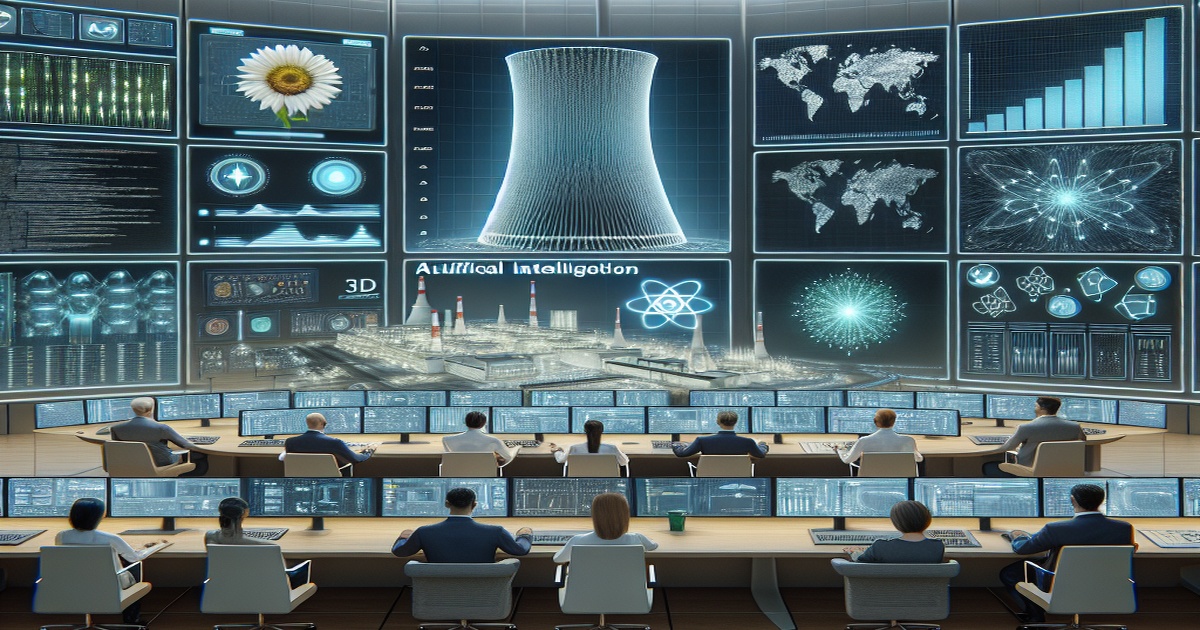The International Atomic Energy Agency (IAEA) has expressed admiration for China's use of digital technology and artificial intelligence in enhancing its nuclear safety regulations. A 24-member team from the IAEA's Integrated Regulatory Review Service (IRRS) conducted a comprehensive assessment over 12 days at the request of the Chinese government, reviewing various nuclear facilities and activities across the nation.
During their mission, the IRRS team evaluated regulatory oversight in numerous settings, such as a nuclear power plant, a research reactor, and a healthcare facility. They engaged in conversations with officials from the National Nuclear Safety Administration and other key organizations like the China Atomic Energy Authority, contributing to a broader understanding of national and global nuclear safety issues.
The assessment acknowledged several commendable practices within China's regulatory framework, particularly its advancements in implementing AI-driven tools that enhance decision-making, safety management, and the handling of knowledge. The IRRS team noted China's proactive approach in fostering ongoing dialogues with major stakeholders in the nuclear sector, which has been instrumental in aligning safety priorities within the industry.
Mark Foy, the IRRS team leader, emphasized that the rapid expansion of China's nuclear energy program will necessitate the training and recruitment of more professionals in the regulatory field. He highlighted China's use of technology as a model for other nations to follow in strengthening their regulatory effectiveness.
To further optimize China's regulatory system, the team proposed recommendations such as clarifying emergency protection strategies and developing comprehensive inspection plans for nuclear facilities. They urged the country to ensure that updates to its regulatory rules and guidelines align with the latest IAEA safety standards. A comprehensive report detailing the findings and suggestions will be delivered to the Chinese government in three months.
China possesses the world's second-largest nuclear fleet, with 59 operational reactors producing around 5 percent of its energy. The country is also in the process of constructing an additional 32 reactors and planning for 21 more. Since the last IRRS mission in 2016, when 32 reactors were operational, remarkable progress has been made in establishing a robust and independent regulatory body.
Foy acknowledged China's substantial advances in regulatory capabilities and safety culture over the past decade, noting the strong support from the government for maintaining a competent national regulator. Karine Herviou, IAEA's deputy director general, praised China's commitment to ongoing safety enhancements and recognized the government's backing in ensuring the effectiveness of the regulatory body through resource provision and strategic initiatives.







6 Comments
Donatello
International oversight is crucial, and it’s reassuring to see organizations like the IAEA involved.
Raphael
Ignoring the geopolitical implications of China's nuclear advancements is naive at best.
Michelangelo
The cross-collaboration between international bodies and China promotes best practices in nuclear safety.
Leonardo
AI in regulatory processes enhances safety and efficiency. Kudos to China for leading the way!
Michelangelo
China's proactive stance on nuclear regulations is commendable. The world can learn a lot from their approach.
Noir Black
China's rapid nuclear expansion raises serious alarms about safety and regulatory effectiveness.